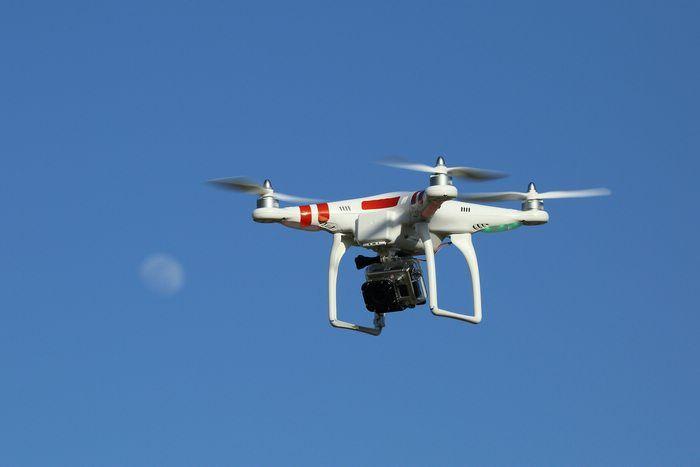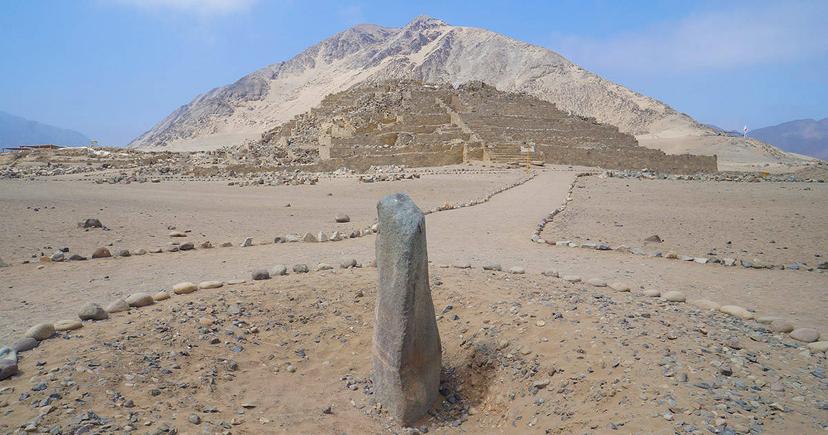
It’s like a scene out of a James Bond movie; unmanned, high-tech drones flying over head to spy on the happenings below. What the droves uncover has been seen by few – until now.
The reality isn’t the stuff of a 007 spy flick. Instead, it’s the workings of researchers in Peru who recently began using the controversial modern technology to help them discover the remains of lost civilizations. The drones soar through the skies of the Amazon Rainforest and the Andes Mountains in search of pre-Inca ruins that researchers can’t get to on foot. The drone’s cameras act as an “eye in the sky,” snapping shots of the ruins that dot the landscape. Once each aircraft has completed its mission, researchers get to work creating three-dimensional models of the ancient sites.
Amazon Rainforest Tours:
“With this technology, I was able to do in a few days what had taken me years to do,” Luis Jaime Castillo told Reuters. Castillo is a Peruvian archaeologist with Lima’s Catholic University and an incoming deputy culture minister who has used drones to study an ancient burial ground of the Moche. “We have always wanted to have a bird’s-eye view of where we are working.”
Researchers in Peru began using archaeological drones to scout the sarcophagi of the Chachapoyas. Flying at 1,000 feet (300 meters), the aircraft captured photos of the 23 tombs located in El Tigre Mountain in the Amazonas region. The drones helped researchers better understand the pre-Inca culture and thus come to the conclusion that the site was likely a sacred cemetery for the children of important families of the Chachapoya people.
Now Peru’s Ministry of Culture plans to purchase more drones so archaeologists can continue to hunt down the ancient ruins that dot Peru’s selva and sierra. The two sites on their radar at the moment are Lambayeque and La Libertad, though others will surely be added.
While researchers tout the positives, the drones do come with a downside. The batteries have a short life and the aircraft can malfunction a higher altitudes. This can make discovering the hidden ruins of the Andes difficult. Adding to this is the fact that the drones are hard to fly and require extensive training to be safely operated.
Although there are obstacles, Peru’s Ministry of Culture will forge ahead with expanding its archaeological drone program.
“We see them as a vital tool for conservation,” Ana Maria Hoyle, an archaeologist with the Pe



Email: [email protected]
Sign up to receive our newsletter for great articles, stunning photos, and special deals.